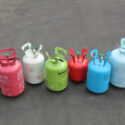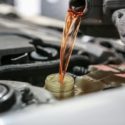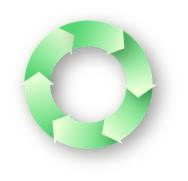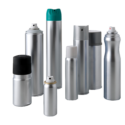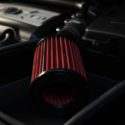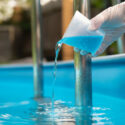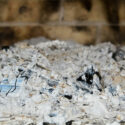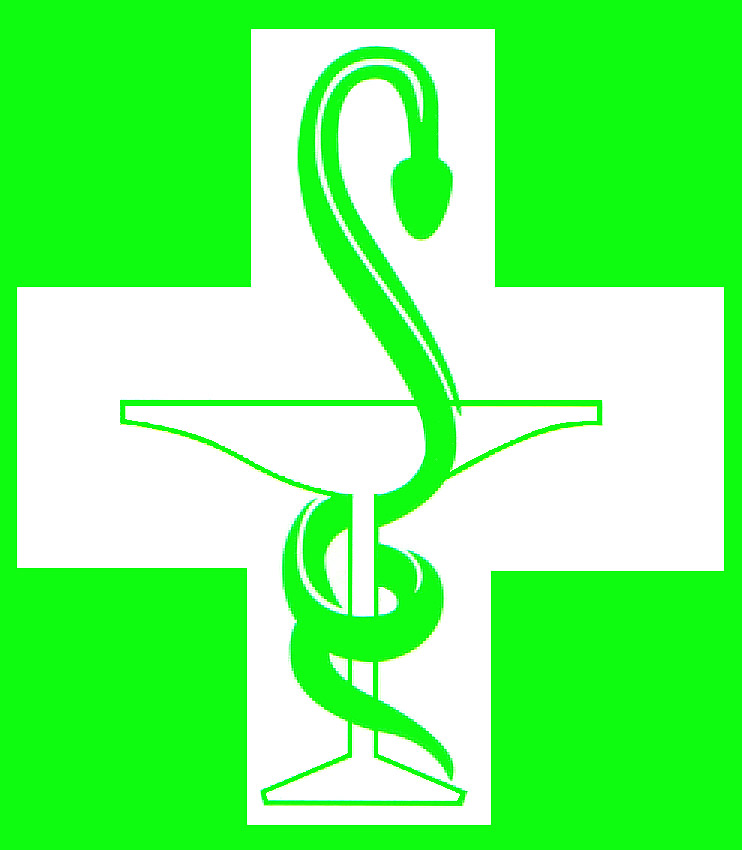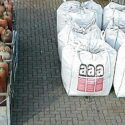Helium gas is a non-toxic and non-flammable gas. Since it is lighter than air, it is increasingly used to fill balloons. It is often already included in the “carefree” balloon sets for birthdays, weddings or other celebrations: The foil or latex balloons filled with balloon gas not only float decoratively under the ceiling, but they are also released into the air. These gas cylinders in the ready-made sets are usually disposable bottles.
Since it cannot be ruled out that pressurized helium cylinders (balloon gas) are still filled with gas after use (pressure vessels), they are among the problematic products collected by SDK. Laypersons are generally advised not to empty gas cylinders.
First, of course, you should ask yourself the question if you need balloons at all to make a party. Balloons cannot be recycled; when they rise, they are released into the natural environment, where they cause harm, for example, by being ingested by animals. If you don’t want to do without balloons, you can inflate them with breathing air.
In addition, helium is a valuable gas that is used, for example, as a protective gas, in medicine and in research. It’s actually too bad to use for parties. If you do need it, look for helium gas in returnable cylinders.
Helium is not flammable and can be used at normal temperature not explode. However, as soon as the compressed gas cylinder is directly exposed to sunlight, the gas can heat up and lead to a dangerous increase in pressure and an explosion of the cylinder is possible.
In general, follow the instructions of the manufacturer and dealer when transporting a gas cylinder. Handle cylinders that have not been emptied with care. If present, the the fittings should be unscrewed and the steel cap of the cylinder should be properly closed. When transporting in a car, the
the bottle must lie down and be secured against rolling away.








